It’s time to step forward
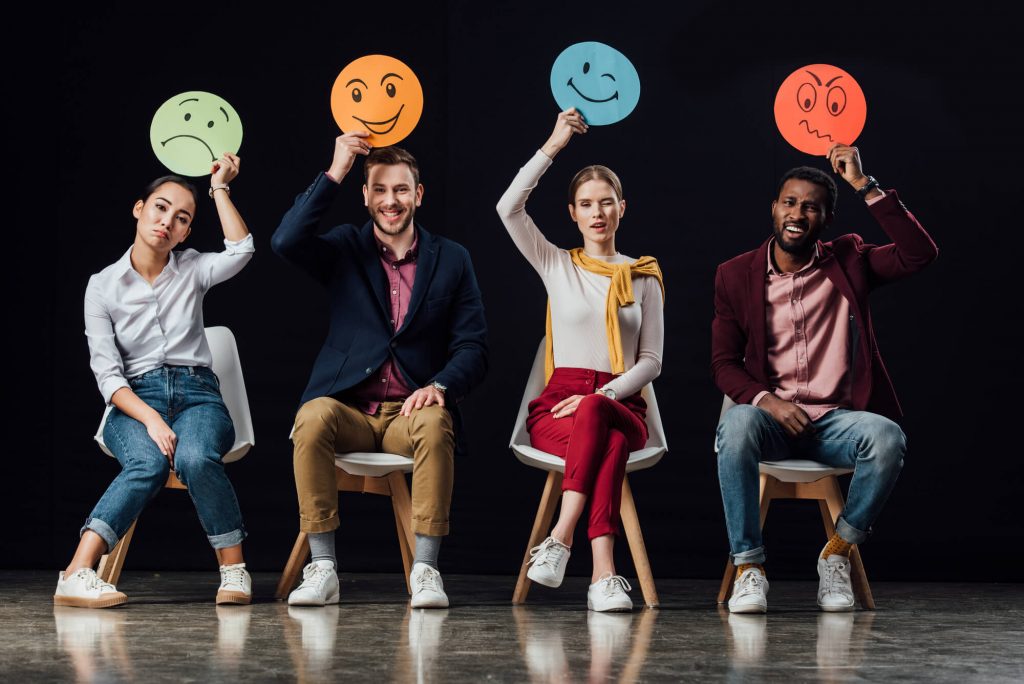
To start, let’s ask ourselves, are emotions really important? But don’t rush to answer. Keep this question in mind as you read this fascinating article. The answer will come to you without effort.
Emotions are an important part of a person’s ability to understand the world around us, but how important is it? Can we ignore emotions when we talk about design? Do you really need emotions in design, and if necessary, why? Everyone knows that if you want to achieve real success in the field of design, you definitely need to find out what emotional design is. It’s time to do it. In this article, we’ll talk about emotional design, it’s advantages and disadvantages. You’ll need to focus on your emotions. Browse different sites and analyze. Ask yourself, what emotion are you using at this moment? This will help you a lot in the future.
Importance of positive experience
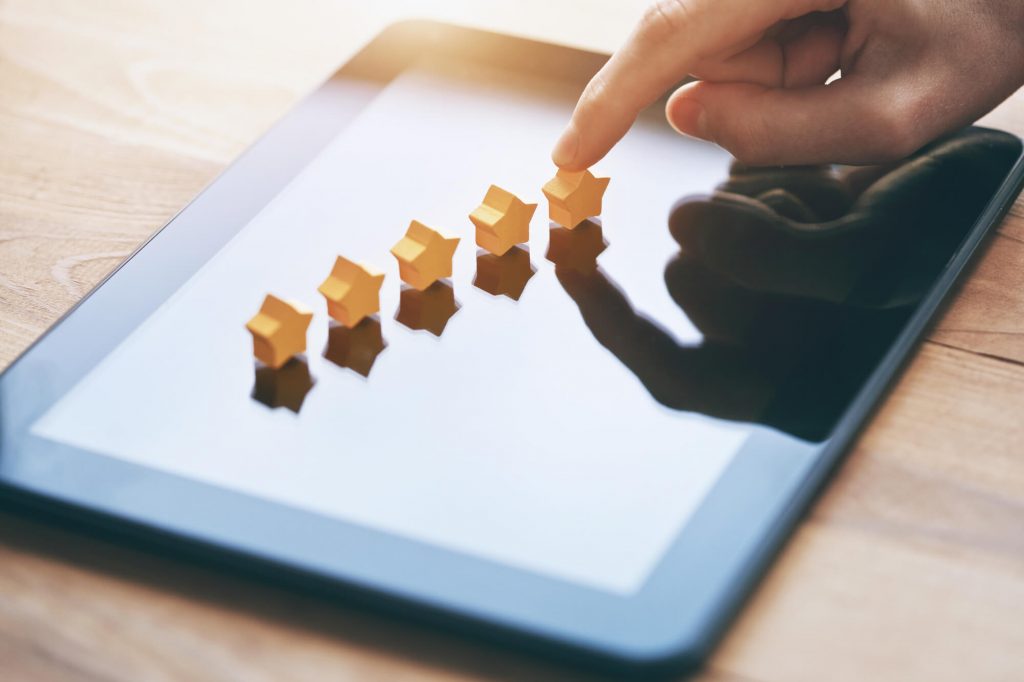
How often are you curious? Of course, children are more curious than adults. at least average children are more curious than average adults, but there are exceptions. It is no secret that it is more difficult to make an adult interested in something than a child. For this reason, designers have to resort to various tricks to cause real interest. If you don’t get the attention of the visitor, then all the work has been done in vain. But is that what you want? This article is your guide to how to avoid failure in this matter. That is why the first thing to talk about is a positive experience.
Positive experiences fuel our curiosity, while negative experiences protect us from repeated mistakes. As you know, the average person forms emotional connections with objects at such levels: visceral, behavioral and reflective levels. A professional designer must consider the cognitive abilities of a person at each level, and must be able to evoke a variety of emotions in order to provide a positive experience.
Positive experiences may include positive emotions, such as pleasure and trust, or negative emotions, such as fear and anxiety, but this happens to depend on the context. For example, a computer game on the topic of horror or a thriller. However, negative does not mean bad, because each style and genre have its fans. Therefore, some cannot tear themselves away from horror films. However, a good designer always starts with an analysis of the target audience. With knowledge about the target audience, design knows what to focus on in order to achieve the desired effect.
Thinking outside the box
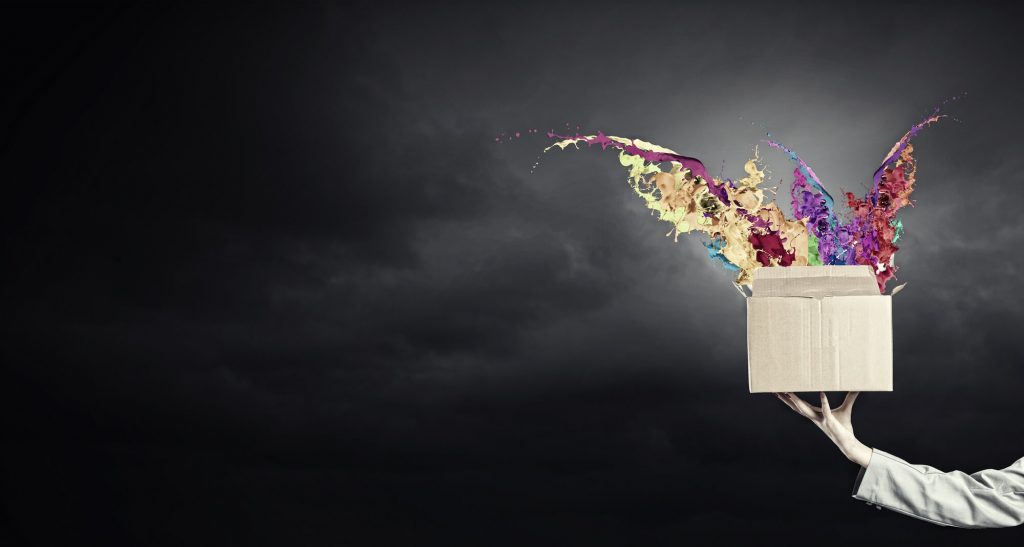
If you are interested in how to create an emotional design, then all you need to do is start thinking outside the box. But everything is not as simple as it might seem at first glance.
The ability to think outside the box assumes the presence of a background, meaning the aesthetic aspect. Regarding aesthetics, people usually quickly agree. This is about fashion. An example is a Flat Design. However, you always need to consider different nuances that are not always obvious. However, this comes with experience. And if you do not have enough experience at this stage, do not worry, everything has its time. Reading our articles is a great way to gain the necessary knowledge in order to become a confident specialist in this matter.
Let’s continue. If a designer follows all changing trends, he will always know what and how best to do, at least in terms of aesthetics. So, you need to focus on other aspects of emotional design. We’ll talk about it below.
Immersive design
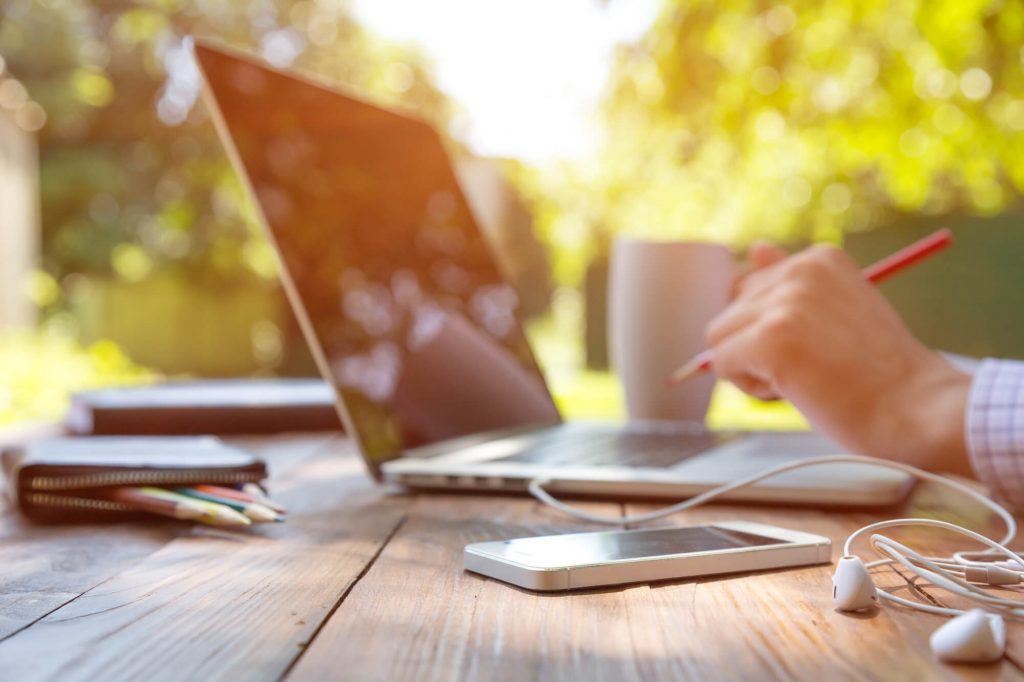
Have you heard of the immersive design? It’s time to find out about it. Immersive design is a design that provides complete visitor immersion. This type of design tries to engage all the senses of the user. In connection with the rapid development of mobile technologies, in particular, with the advent of gesture control, today it is possible to make the digital design more tactile. This area looks quite promising. And if you are interested, then it opens up great opportunities for experimentation. Try looking for new approaches. This is the time because it is non-standard thinking that gives mankind discoveries, including in the field of design.
Thoughtful animation in combination with gestures gives a completely different impression on the design. This is a new level that you have yet to climb. Designers should pay particular attention to micro interpretations. They determine the operation of the human-machine interface.
But what are micro interpretations? Let’s look at this with examples, for a better understanding. When we turn the alarm clock on or off, lock the car door with the remote control, or do something similar, these are all micro interpretations. These are short steps that take little time and are very important for creating a positive user experience. The more compelling the interpretations, the higher the competitiveness of the product. Interaction with the product evokes emotions. Design connects a person to a device or digital product through an interface, and the more humane this interface is, the better. Pay special attention to this topic. Thanks to this, you can achieve good results in design if you want to go through changes and experiments.
Texts and their power
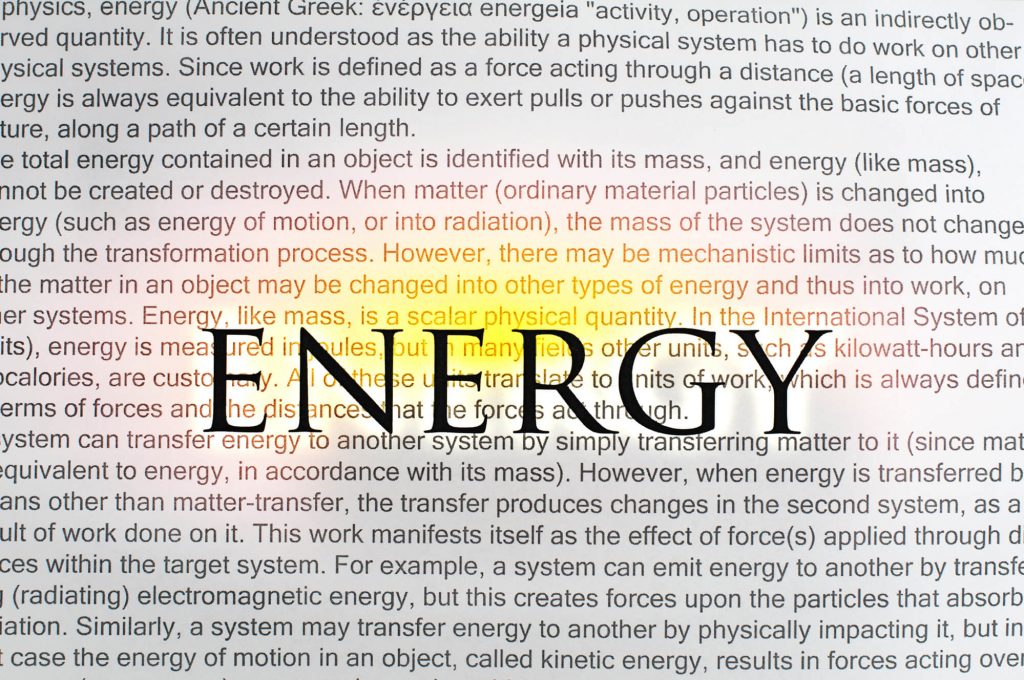
The most obvious answer is always on the surface. Text is the easiest way to create and change the personality and style of your site. Texts is a tool that helps you create the mood of the site, maintain the style, and deliberately evoke certain emotions among users.
A person may agree with the stated point of view, may disagree, and yet everyone at the same time feels a certain set of emotions. Your site most likely contains a lot of textual information, and words are a very good tool for creating an individual. Keep this in mind when working on emotional design.
Do you want your brand to become playful, serious or funny? A variety of speech styles can help you. Word ownership is a great advantage, although often underestimated. Sticks and stones can cripple, but words can even kill. This phrase was written by the American writer Chuck Palahniuk. He definitely knows a lot about owning a word, since he was able to pay for his debts using a word. Miracle? No, just emotions. And your task is to start using them for the benefit of yourself and your brand.
Visual experience to engage visitors
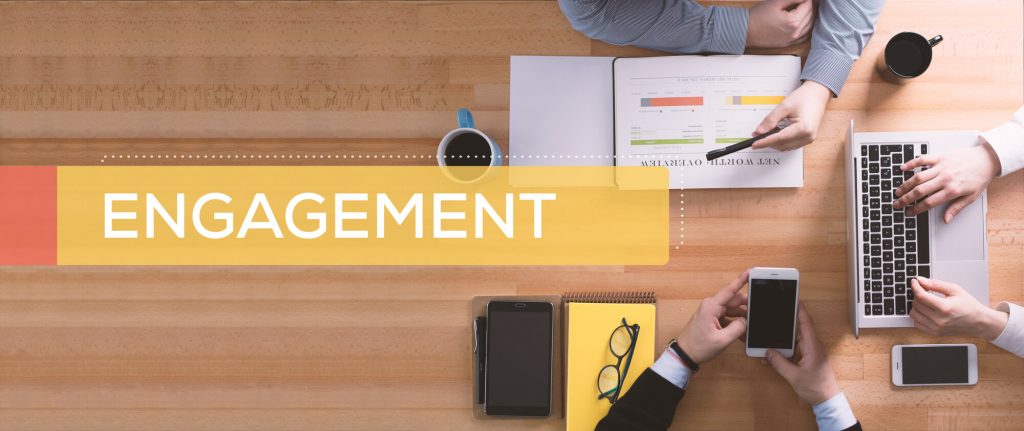
What does it mean? Everything is really extremely simple. Some advertising is so bright that it is clear without words. This becomes especially obvious abroad when you do not understand a foreign language, but the advertisement is still clear. But why is this happening?
The figurative language that is used in advertising is also used in the design. Your subject should be understood even without a text, despite the fact that in the last paragraph we indicated the great importance of the text in general. All this is conveyed to a person through typography, visual hierarchy, location, contrasts, and colors. The visual experience is what speaks more eloquently than Palahniuk himself, because it interacts with your imagination, experience, and sets no boundaries.
The role of colors
Designers should be prepared for endless conversations about color, because in this area color really means a lot. Want to know more? Now we will tell you why color is so important in design.
Remember, color is a powerful force in the hands of a designer. It attracts the eye, gives rise to emotions and conveys meaning. Statistics say that for some products, 90% of hasty decisions to buy certain products are made by people based only on flowers. It’s amazing, isn’t it?
So effective use of colors plays a big role in the design. But making different color combinations is not an easy task. Each shade has its own meaning, and there is an infinite number of combinations, moreover, each shade is a way to evoke different emotions. The professional design should know this and use it as a great tool.
When choosing a palette, it is sometimes useful to know a little color theory. Color theory is the logical structure and practical guide to mixing colors. It covers everything from the color wheel to the values of each individual color.
It is also important to remember and be able to choose an auxiliary color. Auxiliary color is a color that is used to distinguish secondary from primary actions, which also affects the emotional component of the design. For example, the main and auxiliary buttons. The colors of error and success, usually red and green, are responsible for the state. For example, notifications about an error or about the successful completion of an action.
As you go deeper into color theory, you’ll be able to create intuitively successful combinations that evoke the necessary emotions.
404 error
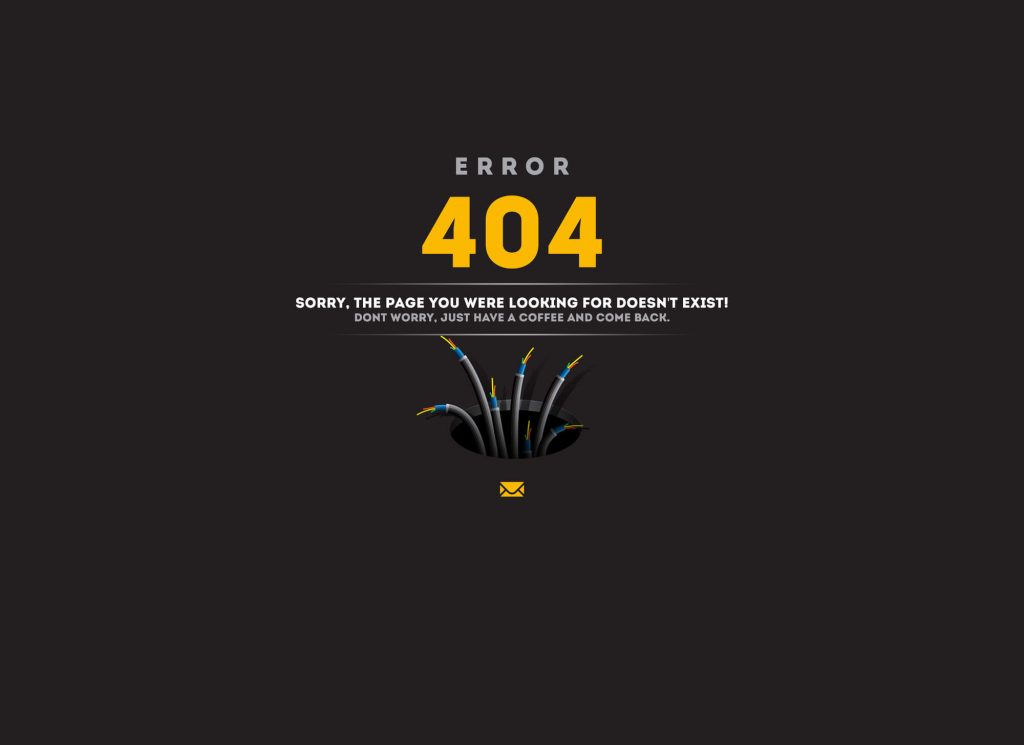
On every site, sooner or later, all kinds of crashes can occur. Of course, this should be avoided, but sometimes it does happen. Agree that when you visit a page of a site and see a standard 404 error, then it does not cause anything but regret. But you can fix it. You don’t want to visit this site anymore and you’ll probably click on the cross to close it. To prevent this from happening with your users, you need to worry in advance about drawing an interesting waiting page. Do this spontaneously. May this process bring you pleasure. Such nuances like this make emotional design extremely important because the attitude to the entire site can dramatically change.
When a person gets to the error page, he feels depressed and annoyed. Page 404 tells us that we have failed. But everything can be fixed and the user (by the way it can be your potential customer with whom you better be in a cool relationship) returned to the site unscathed. Instead of annoyance, you can give your users completely different emotions. Add vivid animation or a funny picture. Of course, a lot depends on the theme of your site, but in any case, a little humor is never superfluous.
Login page
Pay attention to Google. You all probably noticed how the design of the search engine’s main page changes every day. The same examples are rare, and this is exactly your chance to create something unique. The user usually reacts to everything unique. This is interesting, and now you have a new idea for how to work on the emotional design of your site.
Now let’s talk about the little things because often a lot depends on the little things. Perhaps too much. It has been proven that users often pay attention to such small details that we could not even think of initially. But recognizing them, we can use them for our own purposes. Therefore, do not rush to abandon the idea of an authorization page.
Emotional design and its importance

Emotional design can be both a winning technique and a risk. You must know exactly what your users need, what is their mentality in order to use these or those tricks. The emotional design is such that it can play a trick on you because what seems interesting to you may seem boring to users. Do not try to please everyone, but when planning your site or app design, count on the majority of positive feedback.
Do not be afraid to joke, laugh, rejoice with your users. But at the same time, follow the feedback and behavior of site visitors. If you are mistaken in something, do not hesitate to admit it. Prove what you want and love to learn and constantly improve your skills in creativity.
Emotional design is more than perfect design. For example, there is a certain online store. It works perfectly. What else can users offer to evoke positive emotions in them? You can send a welcome letter to the buyer. Thank you for your purchase, wish you luck or offer an interesting deal. Instead of standard packaging, you can offer another – which is interesting to open. You can add a gift. Emotional design has a huge number of options. Because elements of emotional design are not a standard or norm. This type of design is still in the first stages of development, but it has great potential. But technology is evolving, interfaces are improving and evolving, and in the near future, we will see a design that will make us a little happier. Ready for it? Do not wait. Create the best emotional design ever.


